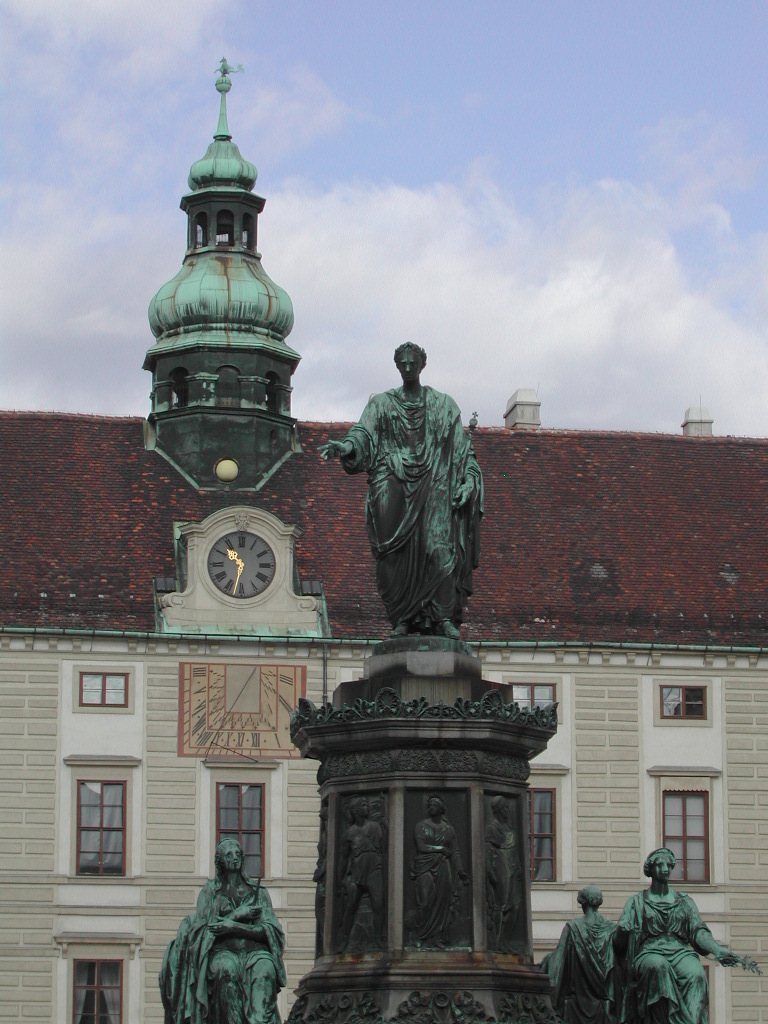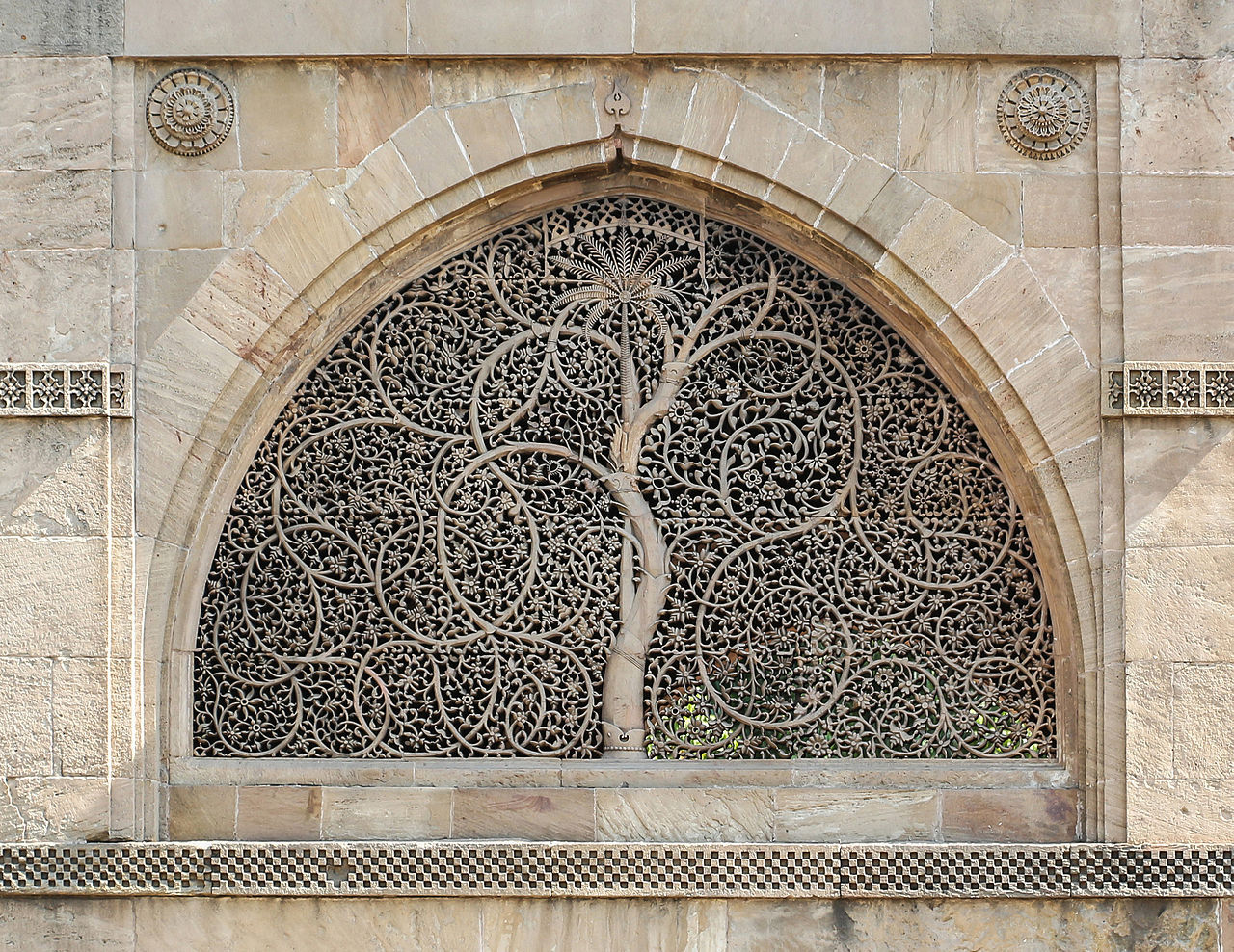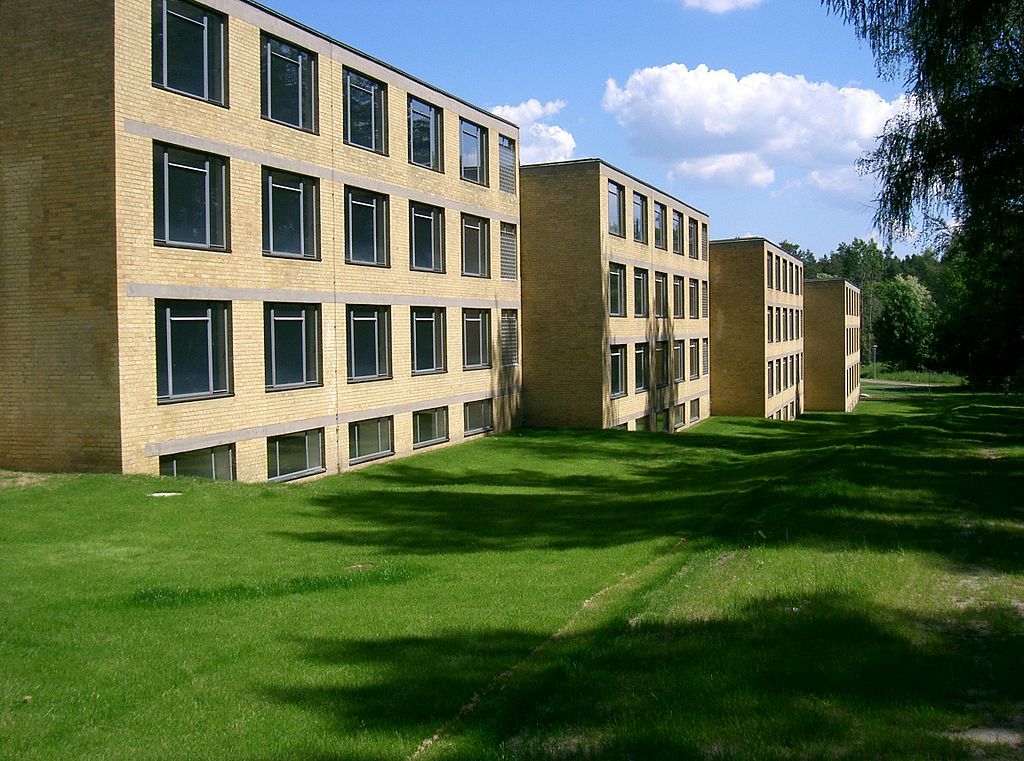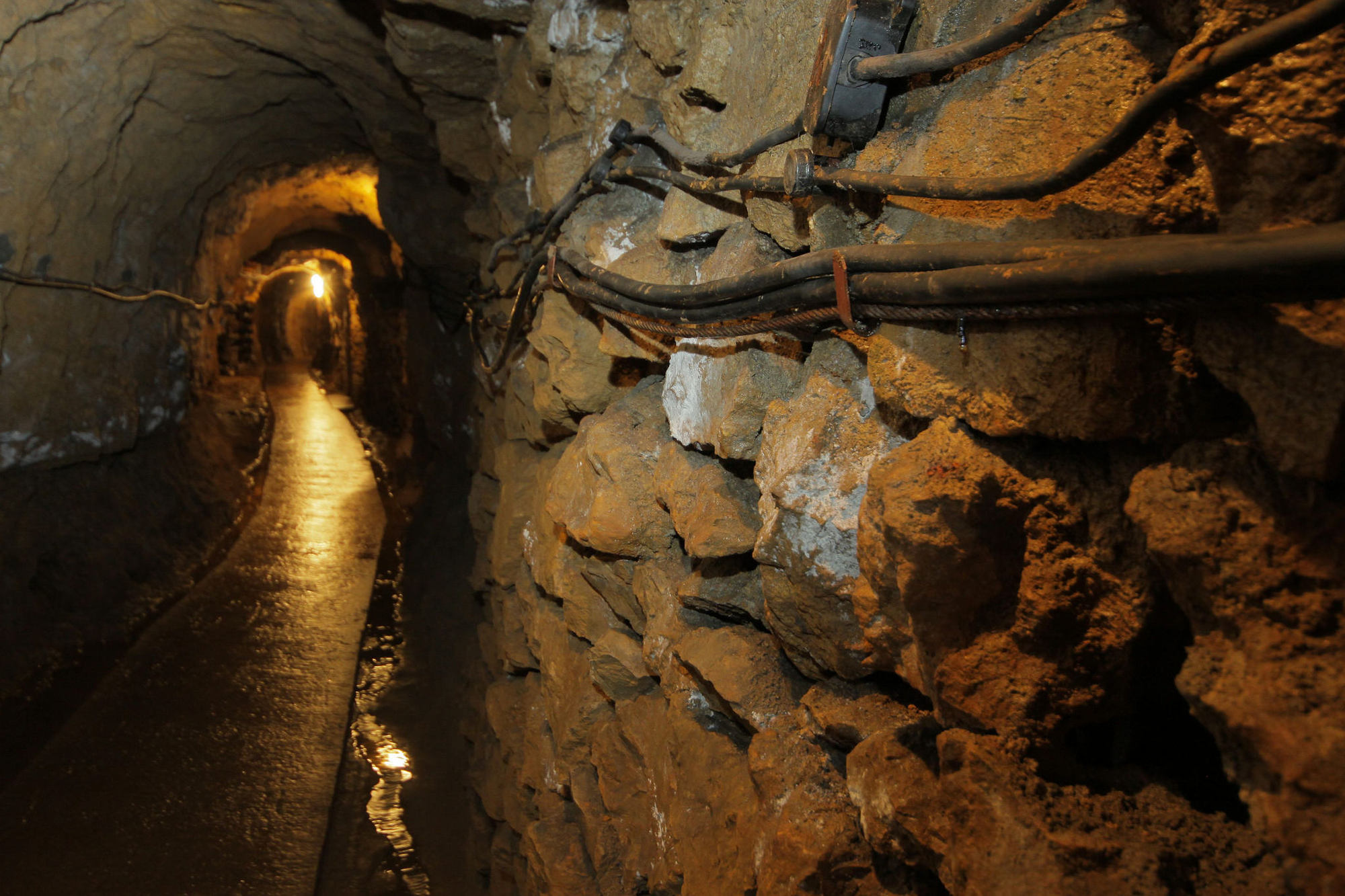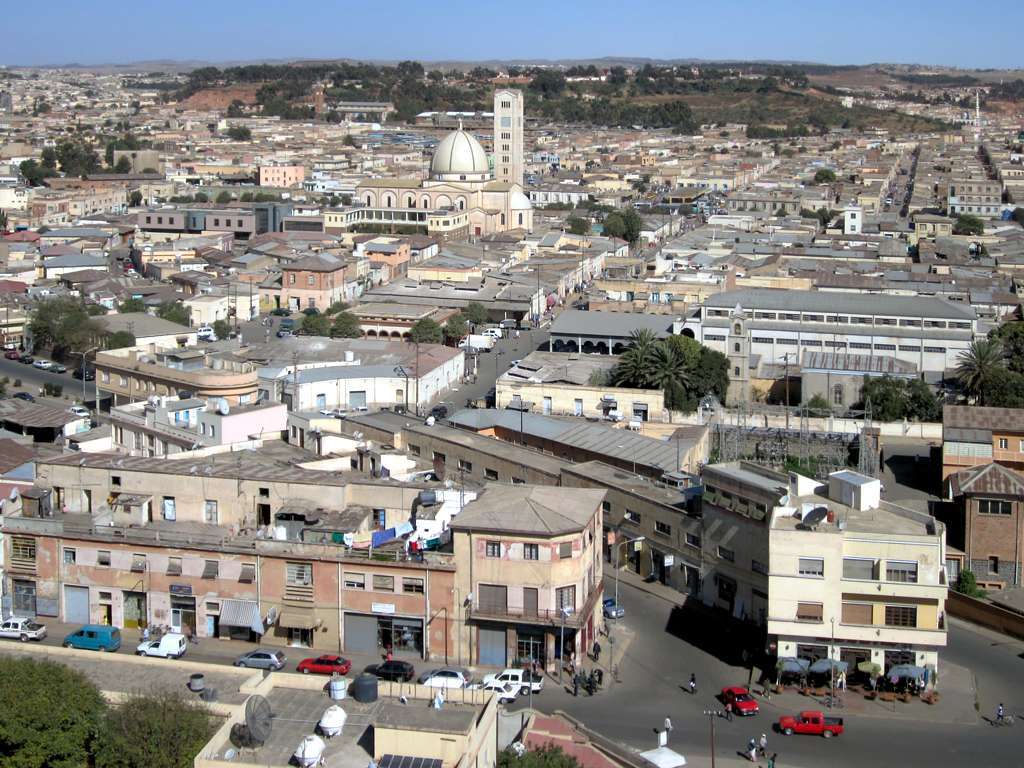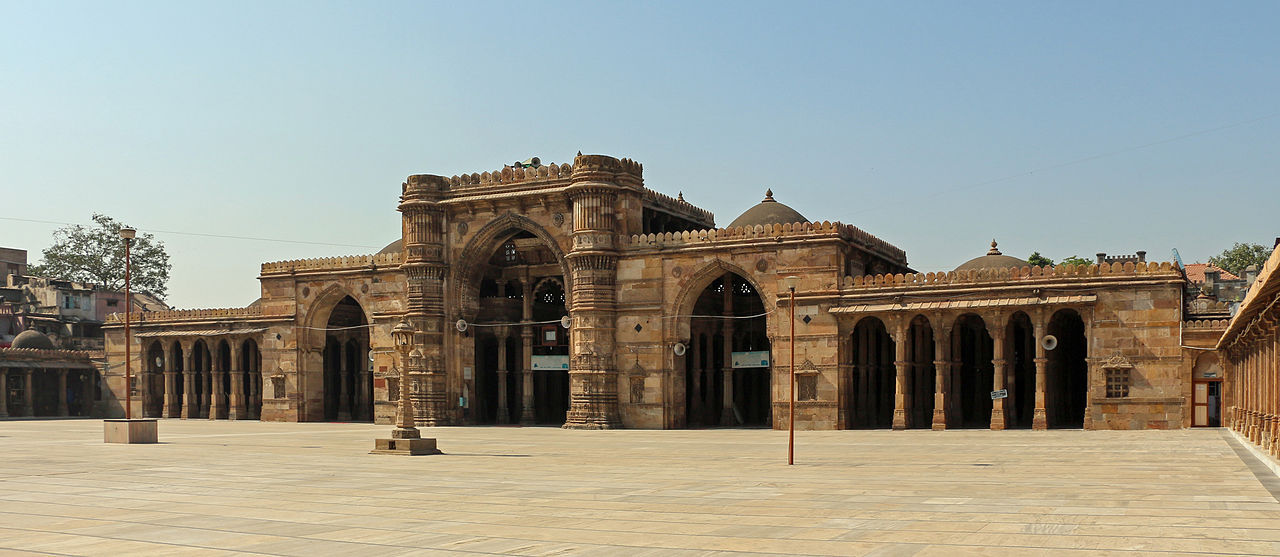The UNESCO World Heritage Committee has inscribed 20 new cultural sites to the World Heritage list, during its 41st conference in Krakow, Poland. The list includes new sites, extensions of already included sites, and entire cities. The committee has also made modifications to the List of World Heritage in Danger by adding two more sites to the list and removing one. The purpose of that list is to notify the global community of conditions that threaten some World Heritage Sites and encourage corrective actions.
The cities added to the World Heritage List in this round include the Walled City of Ahmedabad which was founded in the 15th century by Sultan Ahmed Shah to be the capital of the Gujarat Sultanate. The Indian city was, also, home for Mahatma Gandhi between 1917 and 1930. It is remarkable for its architectural heritage, represented in mosques, tombs, and Hindu temples, as well as its urban fabric which comprises densely-packed traditional houses and gated streets, featuring bird feeders and public wells.
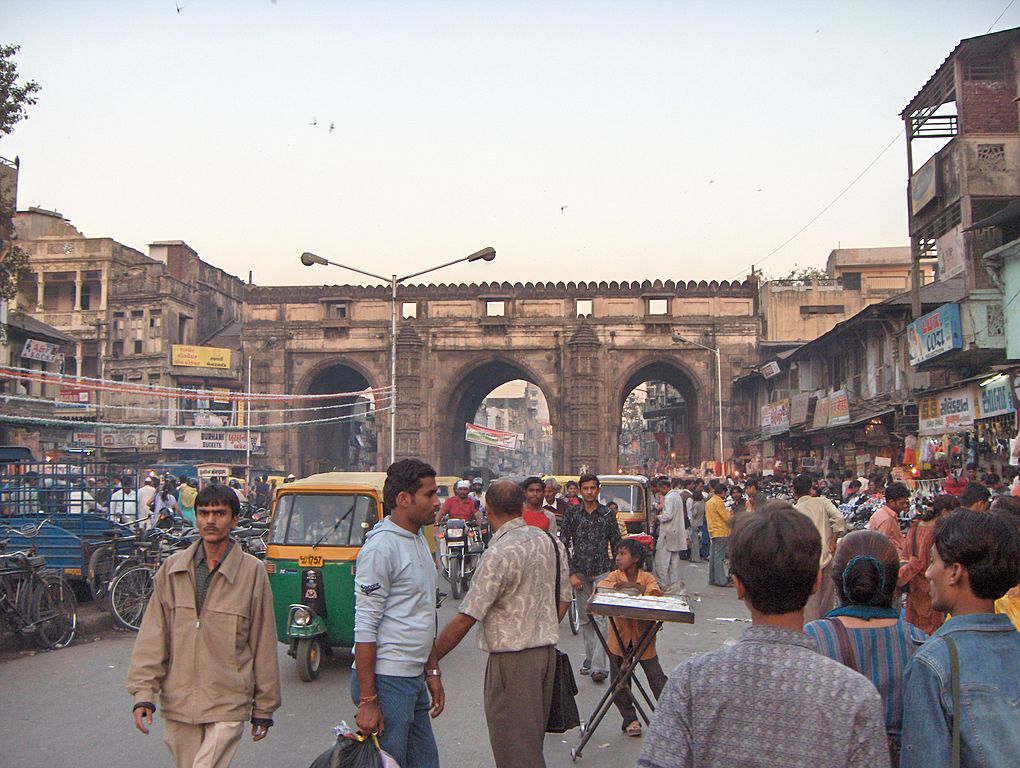
Teen Darwaza, one of the walled city’s gates. Image© Wikimedia user Nichalp licensed under CC BY-SA 2.5
There is, also, the city of Yazd in Iran which is a fine example of a historic city that survived in the desert. It gets its water supply via canals that are connected to underground water. The city has, also, survived the global wave of modernization by retaining its traditional style and housing numerous Persian architectural relics like the Jame’e mosque of Yazd and Amir Chakhmaq Complex which date back to the 14th and 15th centuries.
The capital city of Eritrea, Asmara, was also added to the list as a model of early modernist urbanism within an African context. Italian rationalism shaped the city which was chosen to be the Industrial Center for the Italian colonies in East Africa back in the early 20th century.
As for the World Heritage Sites whose boundaries have extended, there is the Historic Center of the French city of Strasbourg known as the Grande-Île. The site extended to include the urban scene between the city center and the German town of Neustadt. The site features a Haussmannian Urban layout with Germanic architectural features, giving it a unique European character.
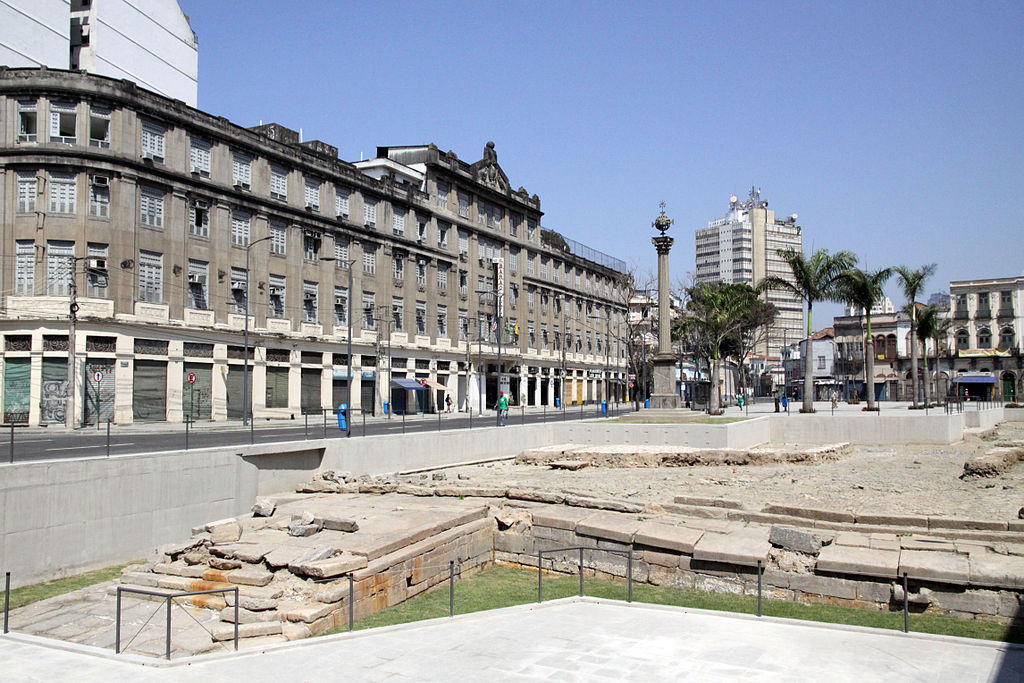
Valongo Wharf Archaeological Site. Image© Wikimedia user Halley Pacheco de Oliveira licensed under CC BY-SA 3.0
The Bauhaus sites in the German cities Weimar and Dessau have, also, extended to include the low-income student housing in Dessau and the ADGB Trade Union School in the town of Bernau, built by Hannes Meyer. That is beside the already included buildings which were built under the supervision of the Bauhaus founder, Walter Gropius.
Finally, getting to the endangered heritage sites, the city of Hebron (Al-Khalil) in Palestine and the Historic Center of the Austrian capital Vienna were added to the list, while Gelati Monastery in Georgia was removed. The Viennese Historic center’s urban fabric and visual qualities were deemed in danger owing to the surge in new high-rise constructions. The old city of Al-Khalil, as well, seems to be in danger of losing its character, identifiable by its unique housing morphology which dates back to the Mamluk period (1250-1517) and extends to the Ottoman period.
Historic Centre of Vienna (Austria)
Jaali at Sidi Saiyyad Mosque. Image© Wikimedia user Bernard Gagnon licensed under CC BY-SA 2.5
Student Halls at the ADGB Trade Union School in Bernau . Image© Wikimedia user Dabbelju licensed under CC BY-SA 3.0
Tarnowskie Góry Lead-Silver-Zinc Mine. Image© Flickr user PolandMFA licensed under CC BY-ND 2.0
Asmara. Image© Wikimedia user David Stanley licensed under CC BY 2.0
Jama Masjid, Ahmadabad. Image© Wikimedia user Bernard Gagnon licensed under CC BY-SA 2.5
Valongo Wharf Archaeological Site. Image© Wikimedia user Halley Pacheco de Oliveira licensed under CC BY-SA 3.0
Teen Darwaza, one of the walled city's gates. Image© Wikimedia user Nichalp licensed under CC BY-SA 2.5


